October is prime time to go mad and die while trying to comprehend extra-dimensional horrors. Now you can do it in space thanks to Moons of Madness!
As the resident cosmic horror fan, this is one I’ve had my eye on for a long time. After finishing a full playthrough, I can confidently say it’s worth playing, even though the end result is a bit of a mixed bag.
Make no mistake, Moons of Madness will be exactly what a certain segment of horror fan is looking for, but it does come with some major limitations. I’m looking at you, game mechanics that weren’t apparent from early teasers.
Moons of Madness Review: What am I Playing?
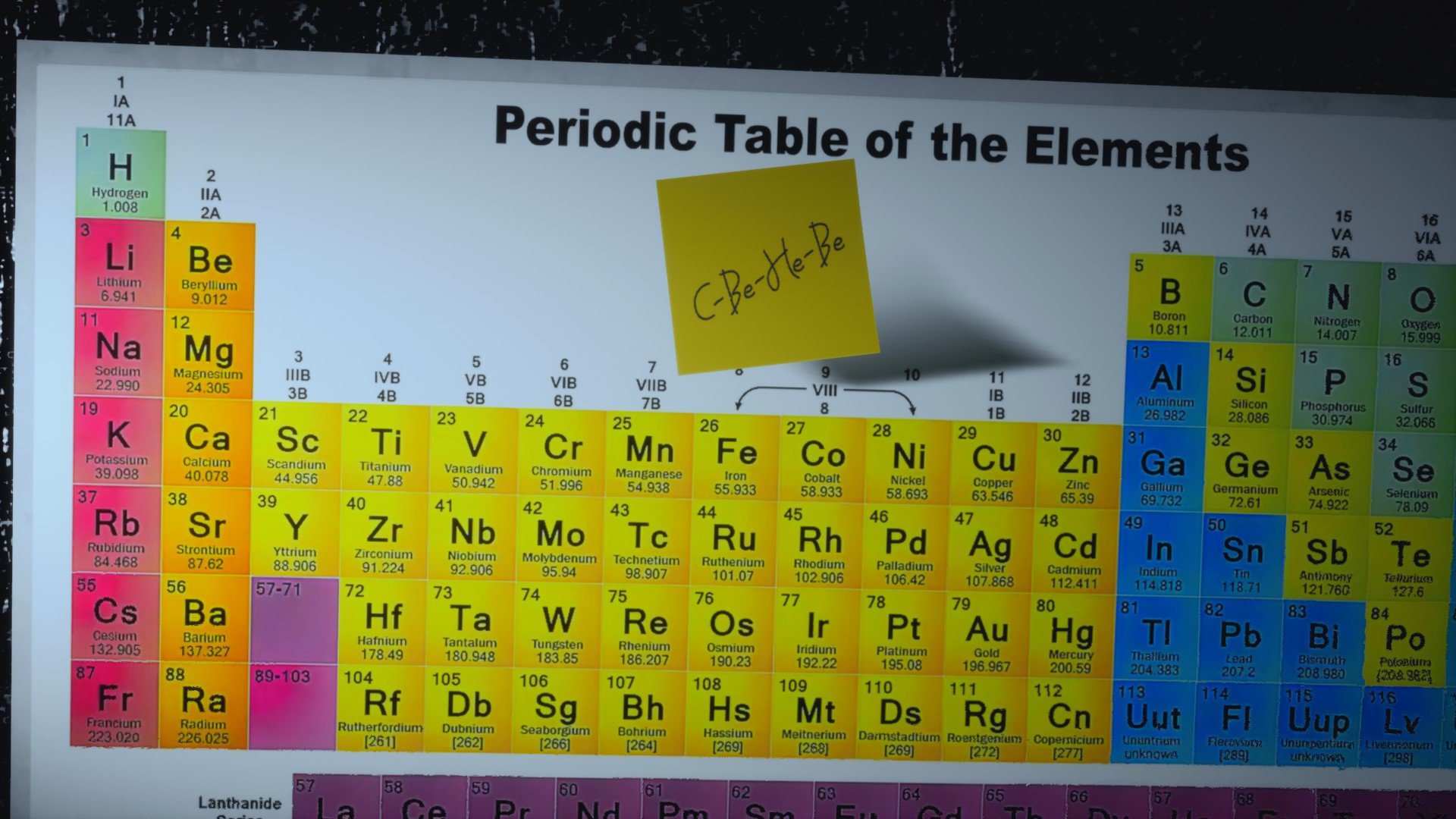 Can’t say I expected to have to remember the periodic table while battling horrors on mars.
Can’t say I expected to have to remember the periodic table while battling horrors on mars.
Let’s start off by explaining what Moons of Madness isn’t. It isn’t an action game — or even really a survival horror title. It doesn’t have the RPG elements found in Call Of Cthulhu 2018 or the open-world investigative mechanics from The Sinking City.
The gameplay loop is more akin to something like Layers Of Fear but set in space. However, it’s even more linear and straightforward. While Layers Of Fear features multiple unlockable endings and has a range of collectibles to discover to increase replay value, there’s none of that here.
This is, most emphatically, a walking simulator with some puzzles, and you need to know that before you start playing.
The bulk of the game consists of learning back story through journals and emails, (some) banter between the members of a secret Mars mission, and a variety of puzzles, which act as keys for unlocking “the next area.”
While there is some quasi combat (read: glorified quick-time events) involving a crowbar about halfway through the game, this is the type of game where you are either learning terrible secrets or running from the bad guys.
That being said, the setting makes Moons of Madness one of the few instances where defenseless horror actually makes sense. It’s not like anyone would have a gun on a near-future Mars research colony to begin with. And even if they did, firing it would be suicide since it would breach the walls and let in the void of space.
There sadly aren’t a ton of chase sequences in the game either, making Madness more of a slow burn. Difficulty is solely found in its puzzles, rather than evading the monsters. In fact, you could play the whole game from beginning to end without dying, and there aren’t any crazy, gory death animations, such as in games like Outlast.
Remember Matt Damon’s iconic “I’m gonna have to science the shit out of this” line from The Martian? Yeah, the harsh nature of living on Mars is the real enemy here.
Like in horror MMO The Secret World, some of the puzzles in Madness rely on real-world knowledge (such as the periodic table of the elements), although in this case, they don’t make you alt+tab to look up info. Instead, reference documents can be found in the game environment.
Multiple connections to The Secret World are found within the puzzles and story as well, with some great hidden Easter egg referencing that game since it shares a publisher with Moons of Madness.
The puzzles themselves are varied, with some you can breeze through and others that will severely vex your deductive reasoning. From burning holes into your retinas by staring at insane geometrical shapes to rotating solar panels and re-routing water pipes, there’s a lot to do on the puzzle front.
A focus on puzzles and space may have you thinking of another game that just launched, but rest assured: Moons of Madness is more clear cut horror than Deliver Us The Moon. Thankfully, it has none of the sickness-inducing zero-G segments found in the latter, either.
What Kind Of Horror are We Dealing With Here?
Moons of Madness jumps right into the tentacled madness from the game’s opening moments, reversing the typical build-up often found in other horror games. A good deal of the explicit monster stuff happens first, followed by the psychological elements coming to the forefront toward the middle and end of the story.
While a lot of the horror revolves around jump scares and tentacled beasts, the developers managed to strongly work the other aspects of cosmic horror in as well.
From a trip through the dreamlands to realizing the pointless insanity of humanity’s place in the cosmos, all the major beats of the mythos are to be found here. A completely original antagonist outside the usual Cthulhu/Hastur/Nyarlathotep suspects is just the cherry on top.
The game also does a phenomenal job of melding the biological and the esoteric aspects found in the genre to come up with a sci-fi horror mashup that works both sides equally. Following that path, a strong balance is constantly struck between hard science and the insane magical science of the mythos.
As with any cosmic horror story, your poor, doomed space explorer is going up against an all-encompassing enemy that consumes physically and psychologically, and there’s not much hope for a happy ending.
Even contacting the concept of the game’s antagonist means its too late to defeat it, riffing on that most paramount of cosmic horror tropes: ignorance is the best defense.
Is the Tentacle a Metaphor?
Between the linear nature of the game and its focus on puzzles with light monster stealth segments, Moons of Madness is sort of like a better looking and more polished Lust For Darkness, but with less overt sexuality… some of the time.
Until the very, very end, you aren’t actually going up against the Dreaming Ones in the mad twin moons themselves. Rather, you’re dealing with the consequences of their bubbling liquid dreams, the ones that screw up reality.
Throughout the game, that gross substance is alternatively referred to as Z-Point Pathogen, the Filth, or The Black Jism (oh, dear). Yep, your enemy is a sizzling, celestial syphilis infecting reality that is very organic and squishy in nature — with polyps and cysts rather than vines and tendrils.
In a way, your enemy here is extremely sexual; it’s basically reproduction and growth on a rampant scale. But other than some offhand remarks and slight invasive phallic imagery with tentacles, this isn’t even close to the level of sexual content you get with Agony or Lust For Darkness.
In other words, you’ll probably never need to hide the little one’s eyes, even though the story takes an odd sexual bent partway through.
Moons of Madness Review — The Bottom Line
Pros:
- Solid storyline and unique antagonist true to mythos
- Polished graphics
- Hard but not impossible puzzles
Cons:
- Extremely linear experience
- Absolutely no replay value
- Minimal gameplay elements besides the puzzles
- Not much tension in the chase sequences
The real question to ask yourself before buying Moons of Madness is how much do you like cosmic horror, and are you cool with playing what amounts to a walking simulator? To be fair, Madness is longer than many other titles in the same genre, as you can expect to play about 6 to 7 hours before reaching the end.
While the game doesn’t have the philosophical implications or emotional gut-punch of SOMA, it’s still an overall good time for fans of sci-fi horror. It doesn’t rely too heavily on any one style trope or scare.
All the disparate threads finally come together in the end in a satisfying way. Managing to connect a witch plaguing Martian dreams, space experiments going awry, a shadowy corporation with extremely iron clad NDAs, and tentacled monstrosities entwined with twin moons all fit together is no easy task.
While the lack of replay value and ease in escaping the limited monster chase scenes knocks it down a few stars, Moons of Madness is still a well-constructed game worth playing. Its linear nature makes it a shoo-in for a PSVR port some time down the line (hopefully, fingers crossed).
[Note: A copy of Moons of Madness was provided by Funcom for the purpose of this review.]

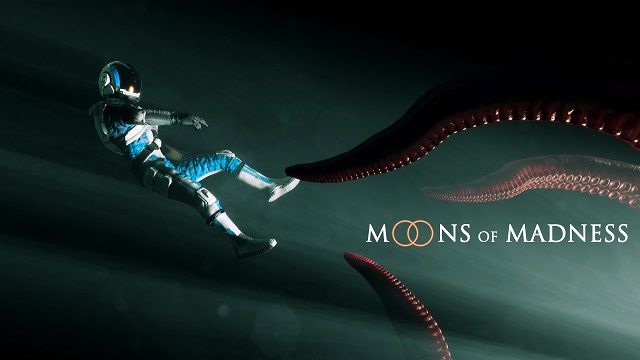
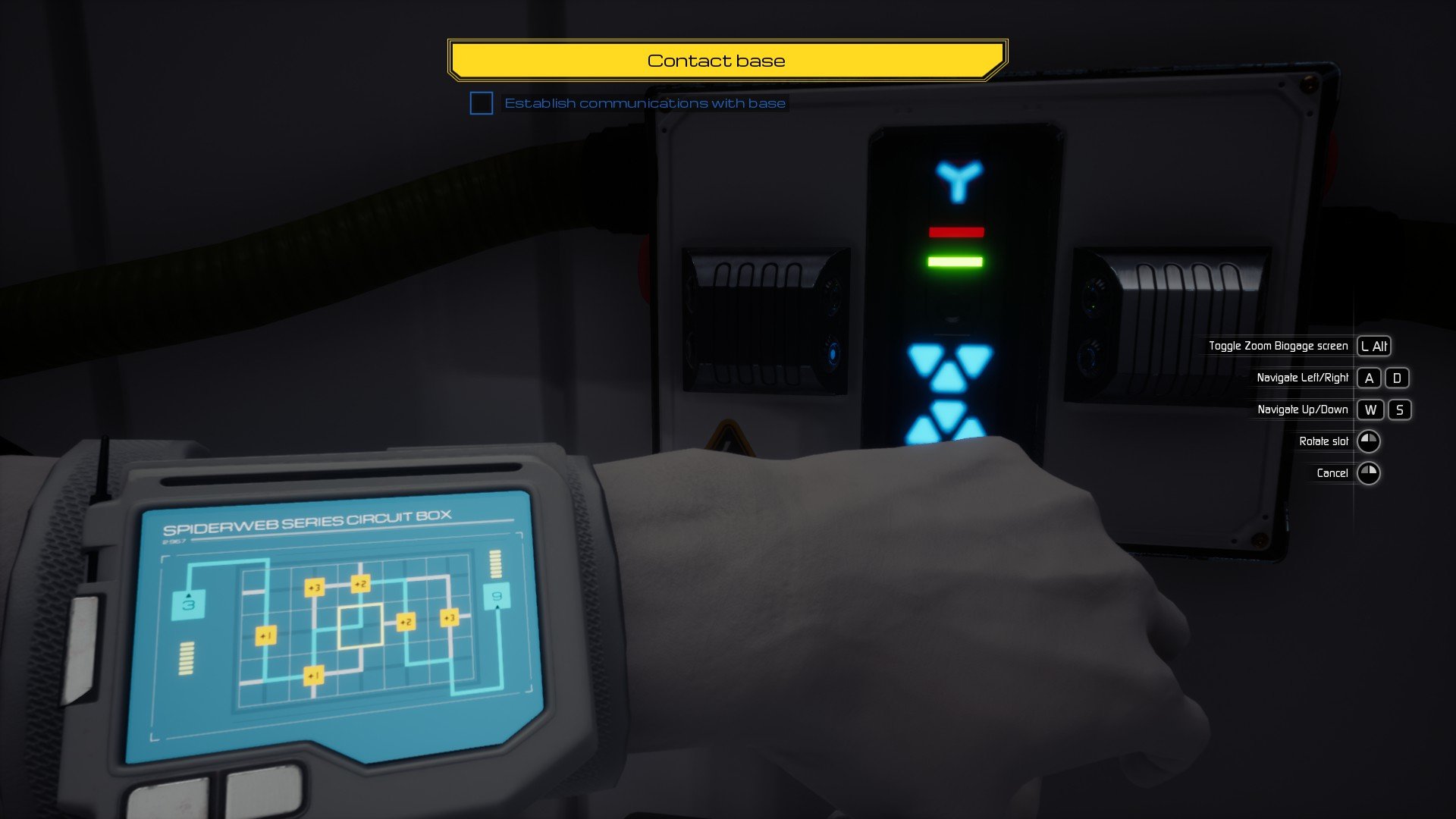
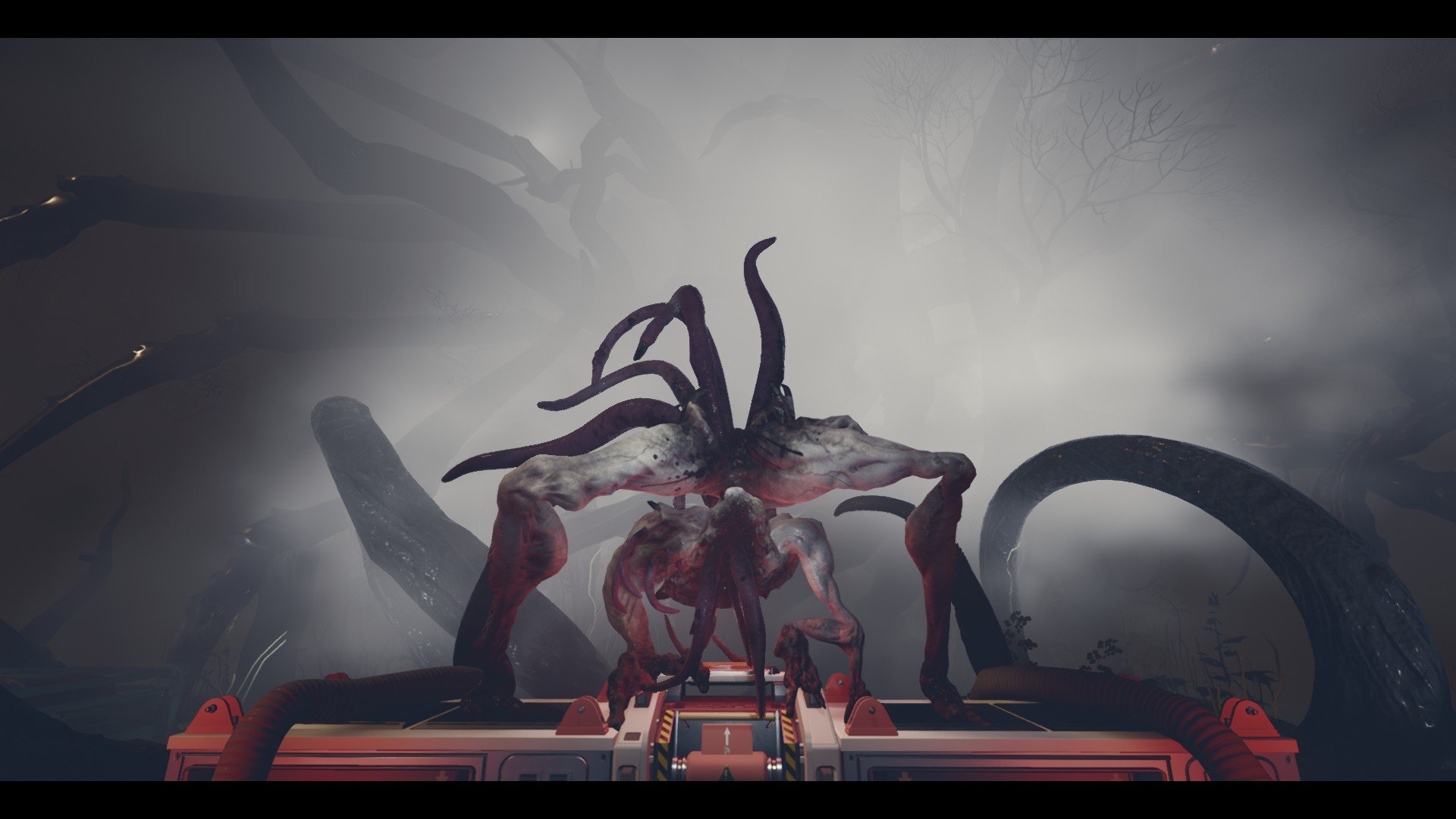
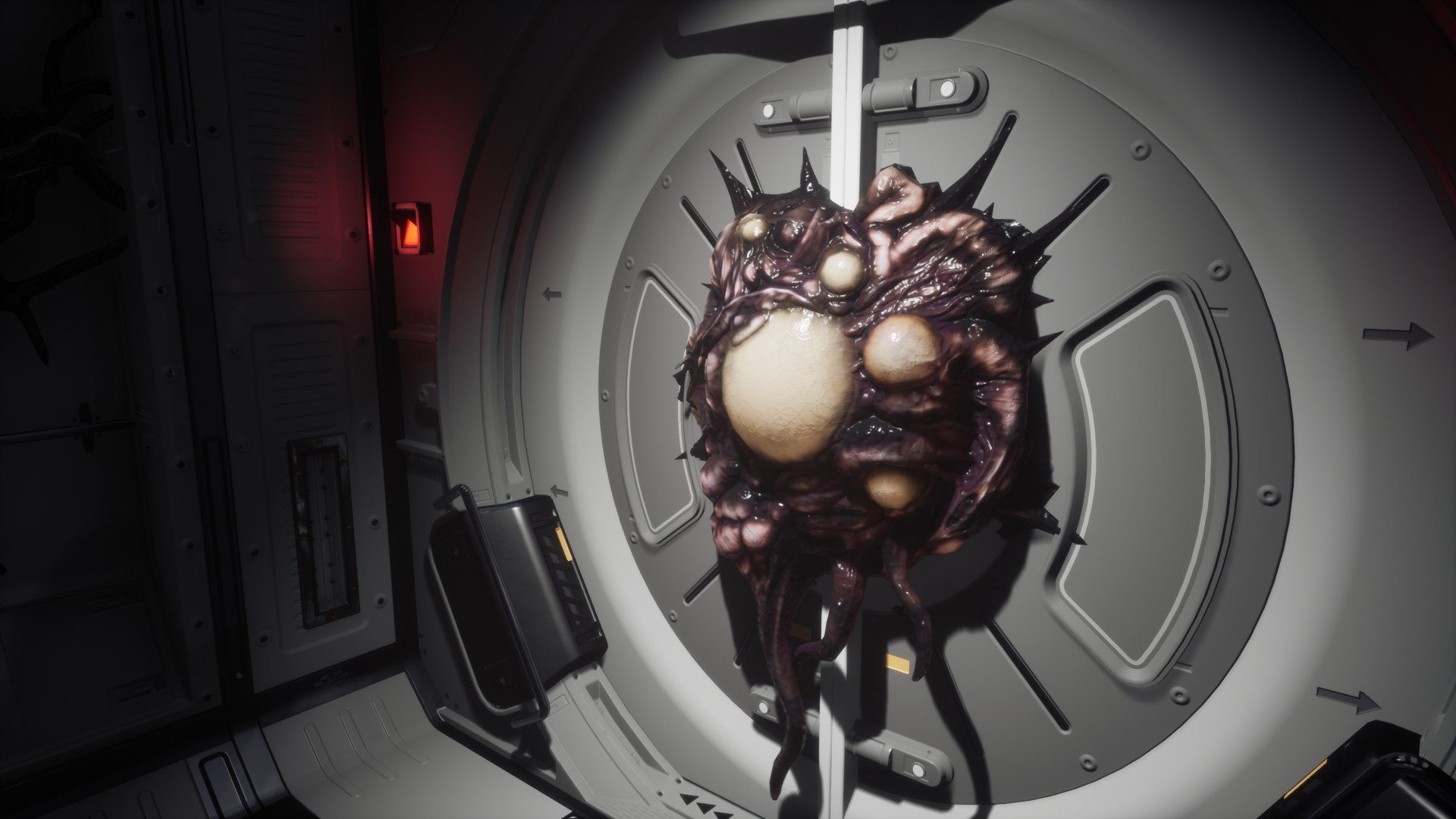
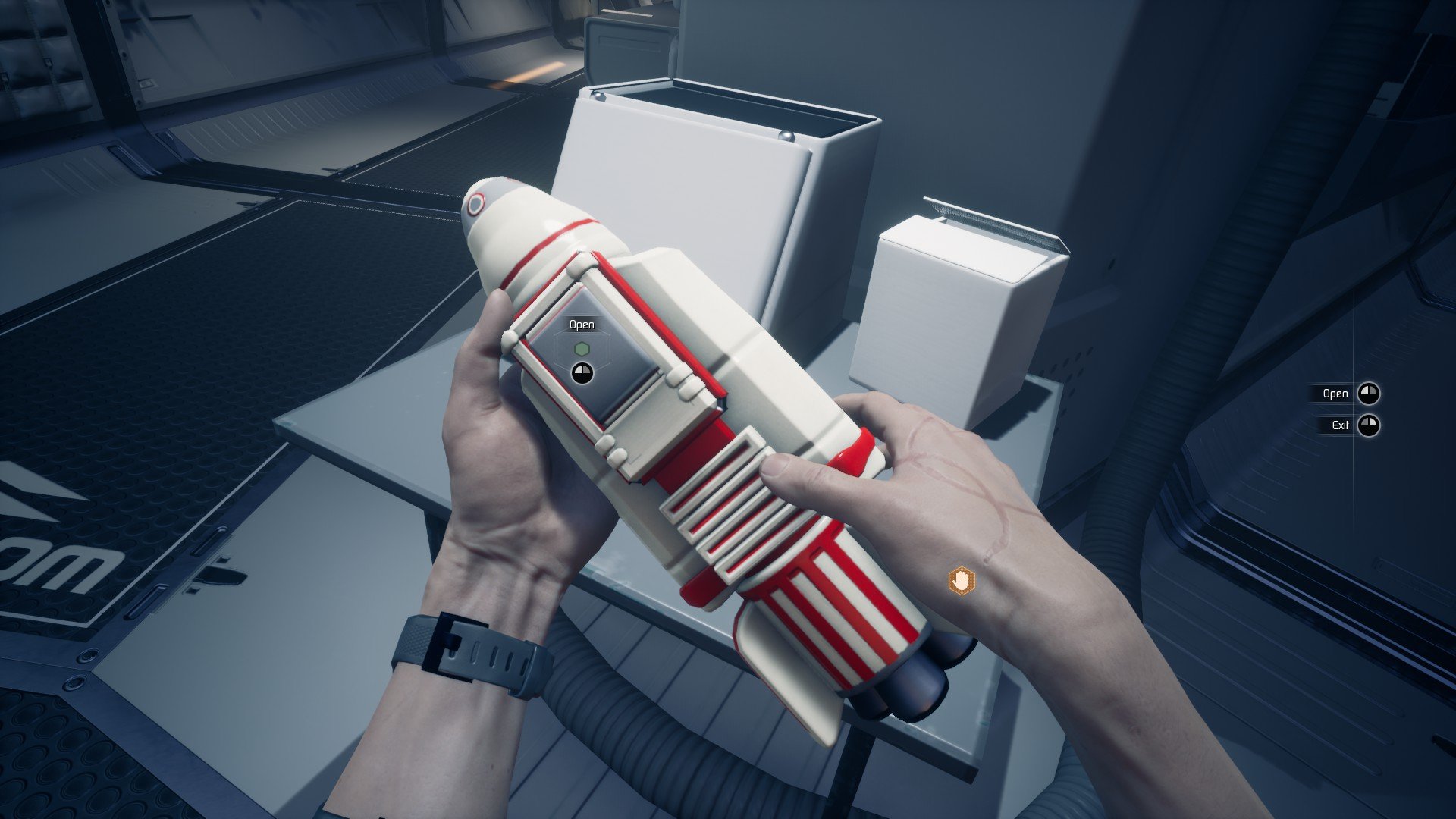





Published: Oct 25, 2019 02:08 pm